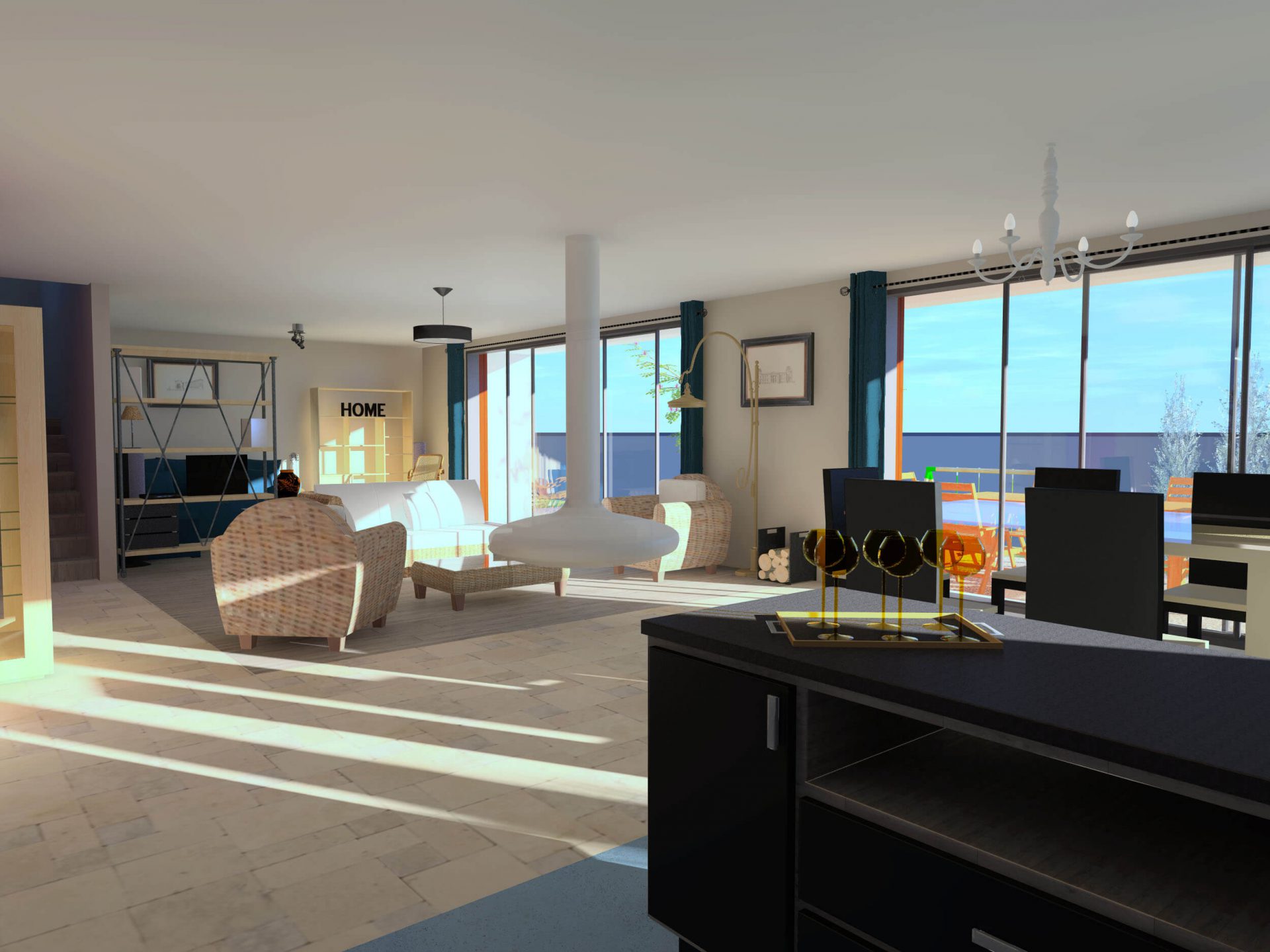Pet-Friendly Interiors: Designing Areas for Your Furry Friends

Designing a pet-friendly interior is more than just adding a few comfy spots for your pets; it’s about designing a cohesive space that reflects your aesthetic while catering to their needs. As we gradually view our pets as cherished members of the family, the need for interiors that address both aesthetics and utility is on the rise. This year, interior design trends highlight not only visual appeal but also on how to form a safe and welcoming environment for pets without sacrificing sophistication.

Integrating elements that are resilient, manageable and stylish can change your living space into a retreat for both people and pets. From selecting the right furnishings to embedding smart technology that makes pet care more convenient, designers are adopting innovative solutions. By comprehending color psychology and blending textures thoughtfully, homeowners can create spaces that enhance both comfort and style. Join us as we explore how to craft interiors that efficiently blend elegance with the energy of our pets.
Interior Design Trends to Adopt
One of the top interior design trends to embrace this year is the shift toward sustainable and smart design. Homeowners are increasingly prioritizing sustainable materials and construction practices, seeking ways to minimize their carbon footprint while enhancing their living spaces. Using reclaimed and recycled materials not only brings character but also supports environmental efforts, making homes more sustainable without compromising on aesthetics.
Another intriguing trend is the art of mixing textures in home interiors, that can elevate a space from ordinary to extraordinary. By combining materials such as wood, metal, and fabrics, designers create rich visual patterns that engage the senses. This trend allows for self-expression and creativity, making it easier to inject warmth and depth into any room while ensuring it remains functional and inviting.
The psychology of color is also becoming prominence in interior design, as homeowners recognize the impact of wall colors on mood and energy. Selecting hues that resonate with personal preferences and desired atmospheres can transform the feel of a space. Whether you choose calming blues for a serene bedroom or vibrant reds for an energizing kitchen, understanding the emotional influence of colors is key to crafting an interior that reflects your personality and enhances your home environment.
Creating Usable Spaces for Animals
Establishing a pet-friendly home goes beyond just creating a comfortable area for your furry friends. It necessitates considerate planning of layout and materials to provide safety and functionality. Start with long-lasting flooring choices that can withstand scratches and spills, such as ceramic tile or vinyl plank. In Recommended Reading , consider area rugs that can be easily cleaned and chosen in hues or styles that can hide dirt and pet fur, maintaining visual appeal.
Incorporating designated zones within your house can boost the living experience for both pets and their owners. For instance, a cozy nook for your pet furnished with a bed and toys can be integrated into mudrooms or living areas. This not only does provide pets a corner they can own but also maintains their belongings neatly contained, adding to a harmonious look between spaces. Think of using furniture that serves as storage for pet items, creating a fashionable yet useful atmosphere.
Finally, the art of mixing materials plays a critical role in a pet-friendly interior. Soft fabrics can be matched with strong materials to generate visual interest while meeting the needs of your pets. Add machine-washable throws and slipcovers to protect furniture while allowing for easy maintenance. By creating spaces that balance comfort and practicality, you ensure that your home is a friendly atmosphere for both two-legged and four-legged friends.
Green Approaches in Home Design
Eco-friendly methods in house architecture is essential as property owners gradually aim to lower their environmental influence. Sustainable materials, including sustainable bamboo floor surfaces, upcycled metallic elements, and reclaimed timber, are gaining acceptance. These substances not solely add to a greener residence but also bring unique charm to indoor spaces. Integrating energy-efficient tools and technologies, like solar energy panels and automated thermostats, may further enhance environmental responsibility as well as offering extended cost savings.
One more key aspect of eco-friendly architecture is optimizing sunlight illumination to decrease need on artificial illumination. Big windows, roof windows, and open floor plans enable daylight to brighten spaces, creating a welcoming and inviting feel. In addition, planned landscaping can aid manage indoor environment, lowering the need for warmth and air conditioning mechanisms. Through factoring in the residence's orientation and the adjacent landscape, designers have the ability to create areas that organically enhance resource savings.
In conclusion, adopting eco-conscious construction practices is essential during the construction process. This includes reducing waste through careful organization and utilizing community-based resources to lower travel footprint. Obtaining sustainable development standards, such as Green Star, could direct builders and contractors towards more sustainable options. By focusing on eco- why not find out more in all step of design and construction, residences may be aesthetic, functional, and environmentally responsible, ensuring a beneficial legacy for future ages.
